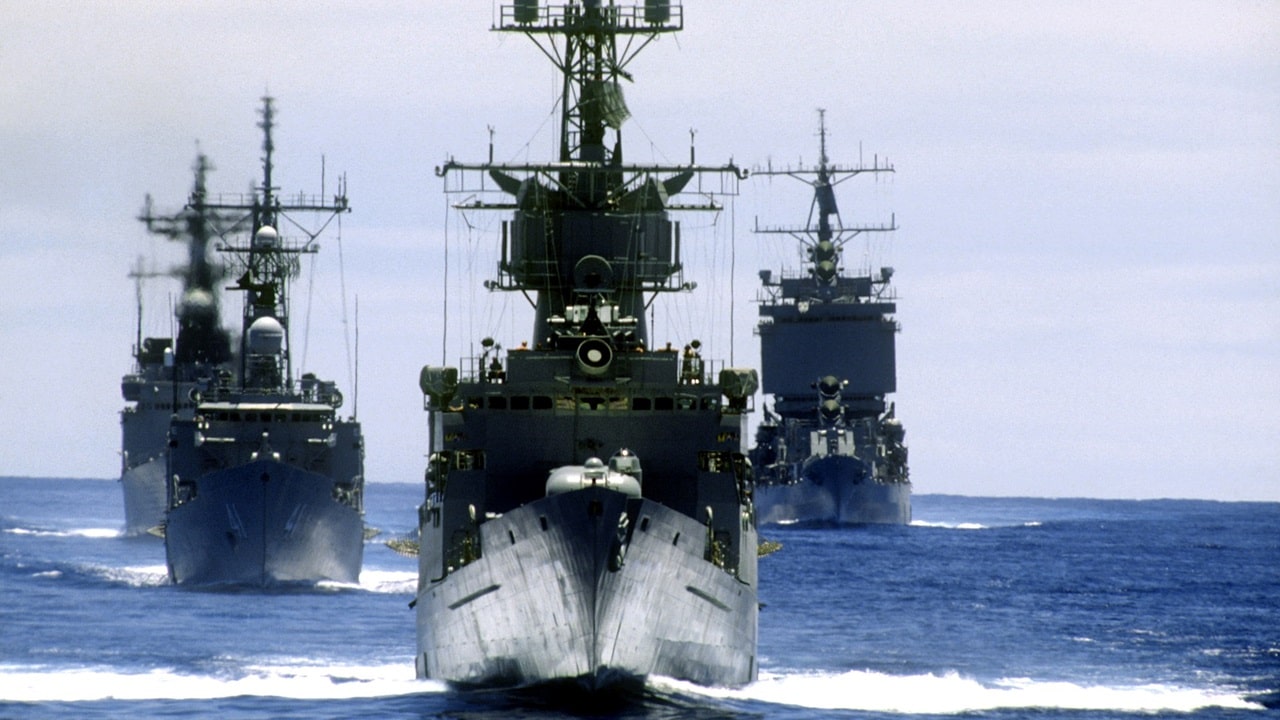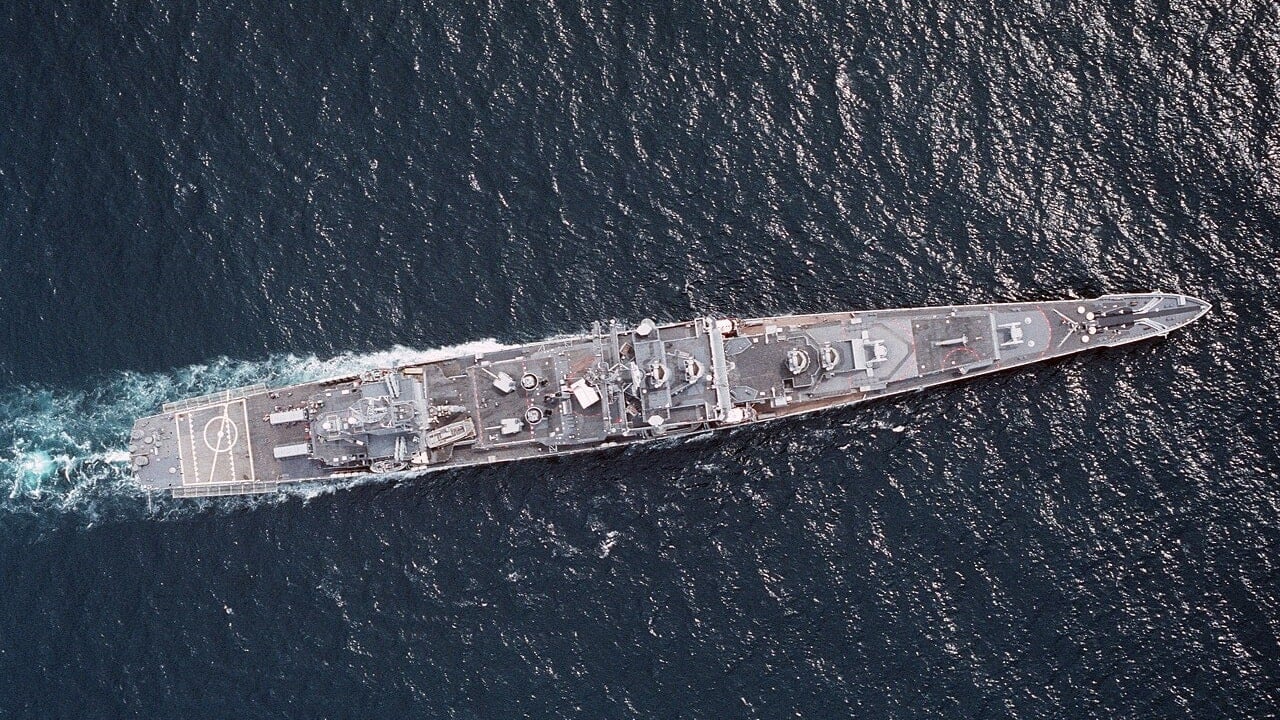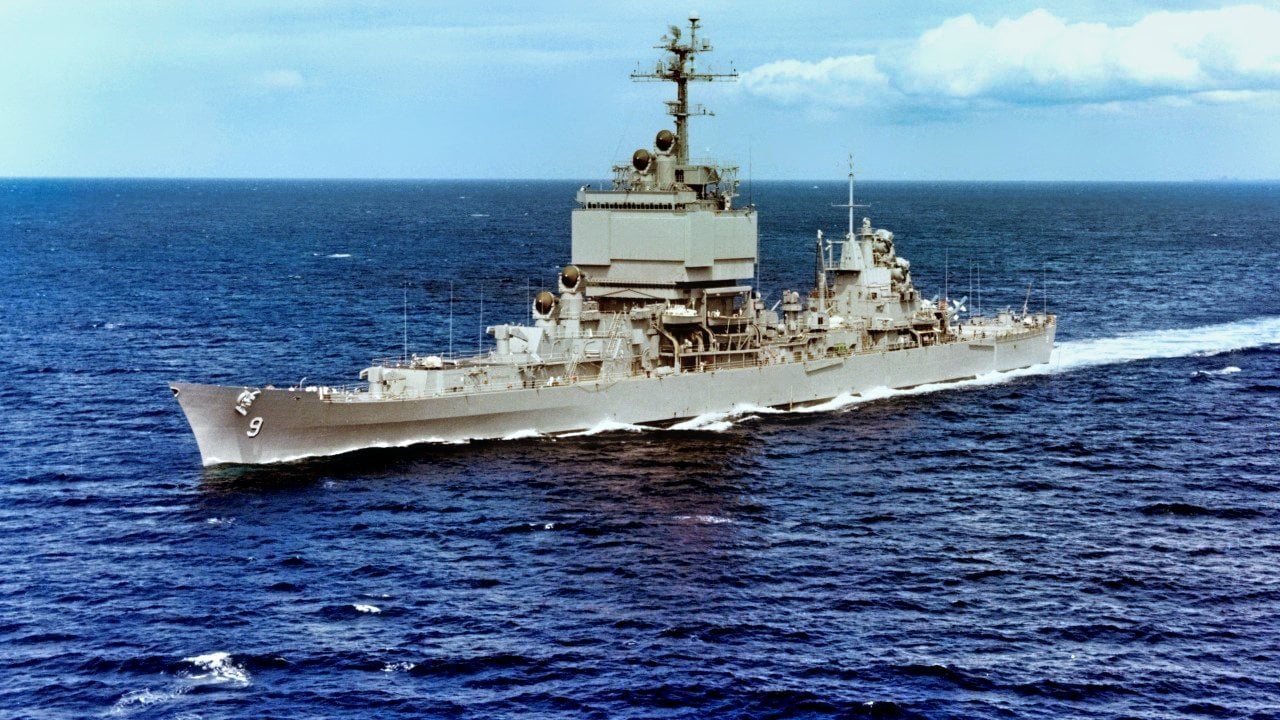USS Long Beach: The Navy’s Nuclear-Powered Cruiser That Killed MiG Fighters
Commissioned in 1961, the USS Long Beach (CGN-9) was the world’s first nuclear-powered surface combatant, symbolizing a significant technological advancement during the Cold War.
Summary and Key Points: Commissioned in 1961, the USS Long Beach (CGN-9) was the world’s first nuclear-powered surface combatant, symbolizing a significant technological advancement during the Cold War. Powered by two General Electric D2G nuclear reactors, Long Beach showcased cutting-edge weaponry and electronics, including the AN/SPS-32 radar and the Terrier missile system.
-The ship played a pivotal role in the Vietnam War, even shooting down two North Vietnamese MiG-21s in 1968.
-Long Beach remained in service until 1995, leaving a legacy as a pioneering naval asset that enhanced the U.S. Navy's global power projection.
USS Long Beach: The First Nuclear-Powered Surface Combatant
The Cold War was an age of rapid and constant technological development. One advance was USS Long Beach (CGN-9).
Commissioned on September 9, 1961, Long Beach was the world’s first nuclear-powered surface combatant, marking a great evolution in naval warfare capabilities. Indeed, Long Beach was a testbed for an assortment of new and powerful technologies.
One of the main things Long Beach did was establish the efficacy of nuclear-powered surface warships.
In effect, the Cold War was not just a race between the two superpowers for nuclear weapons. The Cold War was also defined by the quest to make more platforms, such as warships, nuclear-powered. Nuclear power increases the range of warships, allowing them to remain in combat longer and increasing their power as strategic assets.
Long Beach signaled to the Soviets that the U.S. was technologically potent and that Washington was going to constantly increase its ability to project power. CGN-9 further demonstrated that the U.S. had warships that could operate at sea for extended periods without refueling, increasing the endurance and flexibility of the U.S. fleet.
Capabilities
USS Long Beach was powered by two General Electric D2G nuclear reactors. The nuclear-powered boat’s weapons were the most advanced of their time. These included the Terrier missile system that provided air defense, along with an anti-submarine rocket system and multiple five-inch guns.

Long Beach had a world-class electronics and radar package. Specifically, the Navy was testing its sophisticated AN/SPS-32 air search radar. This radar system increased the time for detecting enemy aircraft significantly, allowing for the warship to better defend itself against aerial attack. The system would be streamlined and scaled up for the rest of the fleet, offering true innovation that would last decades.
Long Beach’s Tour of Duty
With these capabilities in hand, Long Beach would go on to have a distinguished service record across many decades. Her tours of service included participating in the Vietnam War, providing ship-to-shore bombardment and missile defense. The great ship even participated in Operation Sea Dragon.
An interesting bit of history can be found here.
From October 1966 until 1968, the Navy decided to increase its operational tempo against North Vietnam. The Navy’s plan was designed to “interdict sea lines of communications and supplies going from North to South Vietnam, destroy land targets with gunfire support, and destroy waterborne craft.”
That Time Long Beach Shot Down a Couple of MiGs
In 1968, Long Beach shot down two North Vietnamese Air Force MiG-21s. The planes were 65 miles and 61 miles away from the legendary warship, which used RIM-8 Talos missiles to take them down.

Also, according to the Navy’s official website, “Two U.S. ships were hit in 1967 by enemy fire,” the USS Dupont (DD-941) and the USS Mansfield (DD-728),” during Operation Sea Dragon, making this operation a dangerous and significant naval mission in what most people remember as a predominantly air and ground war in Vietnam.
Long Beach served well into the mid-1990s, being officially decommissioned in 1995. She was the last cruiser the U.S. Navy would build before transitioning fully to destroyer hulls.

Author Experience and Expertise: Brandon J. Weichert
Brandon J. Weichert, a National Interest national security analyst, is a former Congressional staffer and geopolitical analyst who is a contributor at The Washington Times, the Asia Times, and The-Pipeline. He is the author of Winning Space: How America Remains a Superpower, Biohacked: China’s Race to Control Life, and The Shadow War: Iran’s Quest for Supremacy. His next book, A Disaster of Our Own Making: How the West Lost Ukraine, is due October 22 from Encounter Books. Weichert can be followed via Twitter @WeTheBrandon.
All images are Creative Commons or Shutterstock.
From the Vault
Russia Freaked Out: Why the U.S. Navy 'Unretired' the Iowa-Class Battleships
Battleship vs. Battlecruiser: Iowa-Class vs. Russia's Kirov-Class (Who Wins?)


